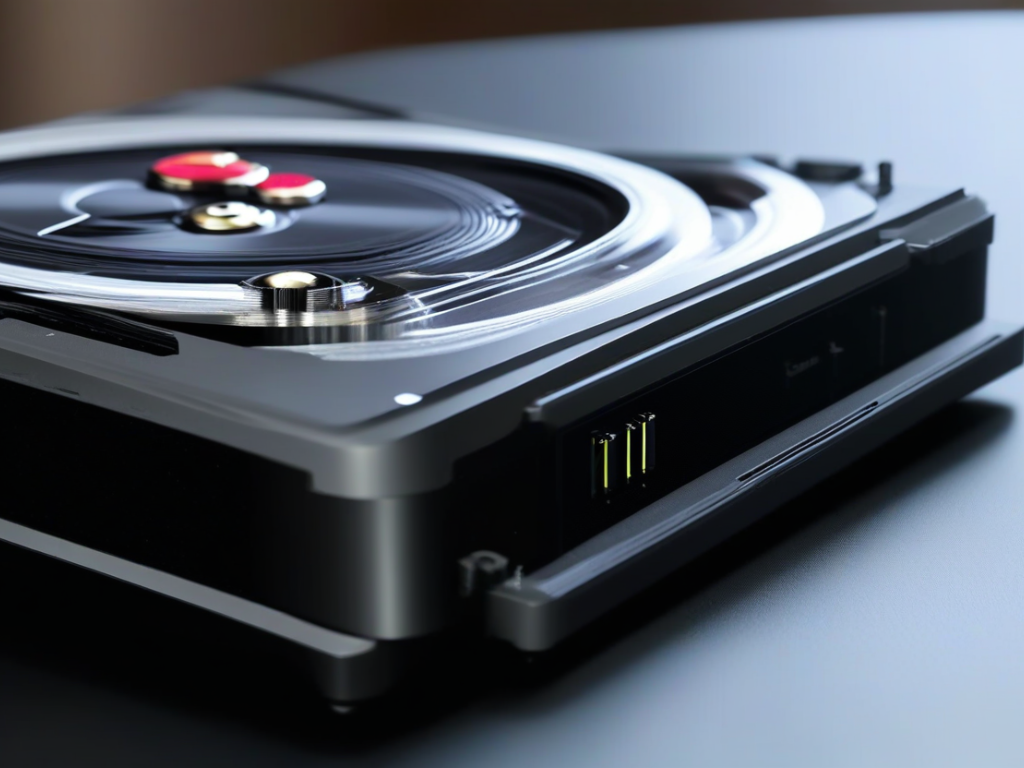In the world of audio players and music storage, innovation is constantly pushing boundaries to deliver the best listening experience possible. One such revolutionary technology making waves in the audio industry is the integration of Solid-State Drives (SSDs) in music players. SSDs, known for their speed and reliability in traditional computing, are now being harnessed to enhance the performance and storage capabilities of audio players, leading to a significant shift in how music is stored, accessed, and enjoyed.
In this article you will find:
- The Rise of Solid-State Drives in Audio Players
- Benefits of SSDs in Audio Players
- Real-World Applications and Case Studies
- The Future of Music Storage with SSDs
The Rise of Solid-State Drives in Audio Players
Historically, audio players relied on traditional Hard Disk Drives (HDDs) for storage. While HDDs offered ample space, they came with limitations such as mechanical parts that could impact durability and performance. SSDs, on the other hand, use flash memory to store data, resulting in faster access times, improved reliability, and reduced power consumption.
With the demand for high-resolution audio formats and larger music libraries on the rise, SSDs have emerged as a game-changer in audio players. By incorporating SSD technology, audio players can deliver faster boot times, smoother navigation through large music collections, and minimal playback interruptions, ensuring a seamless listening experience for audiophiles and casual listeners alike.
Benefits of SSDs in Audio Players
One of the key advantages of SSDs in audio players is their speed. SSDs offer significantly faster data transfer speeds compared to HDDs, resulting in quicker access to music files and reduced loading times. This means users can enjoy their favorite tracks with minimal delay, whether they are accessing a single song or browsing through an extensive music library.

Furthermore, SSDs are known for their durability and silent operation. Unlike HDDs, which have moving parts that can be prone to failure, SSDs have no mechanical components, making them more resistant to shock and less likely to experience wear and tear over time. Additionally, SSDs produce virtually no noise during operation, ensuring a quiet listening environment free from distracting whirring sounds.
Real-World Applications and Case Studies
Several audio player manufacturers have begun integrating SSDs into their devices to leverage the benefits of this advanced storage technology. Brands like Astell&Kern, Sony, and Fiio have introduced high-end portable audio players equipped with SSDs, catering to the needs of audio enthusiasts who demand uncompromising quality and performance.
For example, the Astell&Kern SP2000 features a spacious SSD that can store thousands of high-resolution music files without compromising on speed or reliability. Users can enjoy pristine audio quality and seamless playback, thanks to the efficient SSD technology that powers this premium audio player.
The Future of Music Storage with SSDs
As SSD technology continues to evolve and become more affordable, we can expect to see widespread adoption of SSDs in a variety of audio players, ranging from entry-level devices to high-end audiophile gear. The transition to SSDs represents a significant step forward in enhancing the listening experience, offering users unparalleled speed, reliability, and storage capacity for their music collections.
With SSDs pushing the boundaries of audio player capabilities, the future of music storage looks promising, with advancements in technology driving innovation and redefining how we engage with our favorite tunes. Embracing SSDs in audio players is not just about storage—it’s about elevating the way we experience music, bringing us closer to the authentic sound and emotion behind every track.

